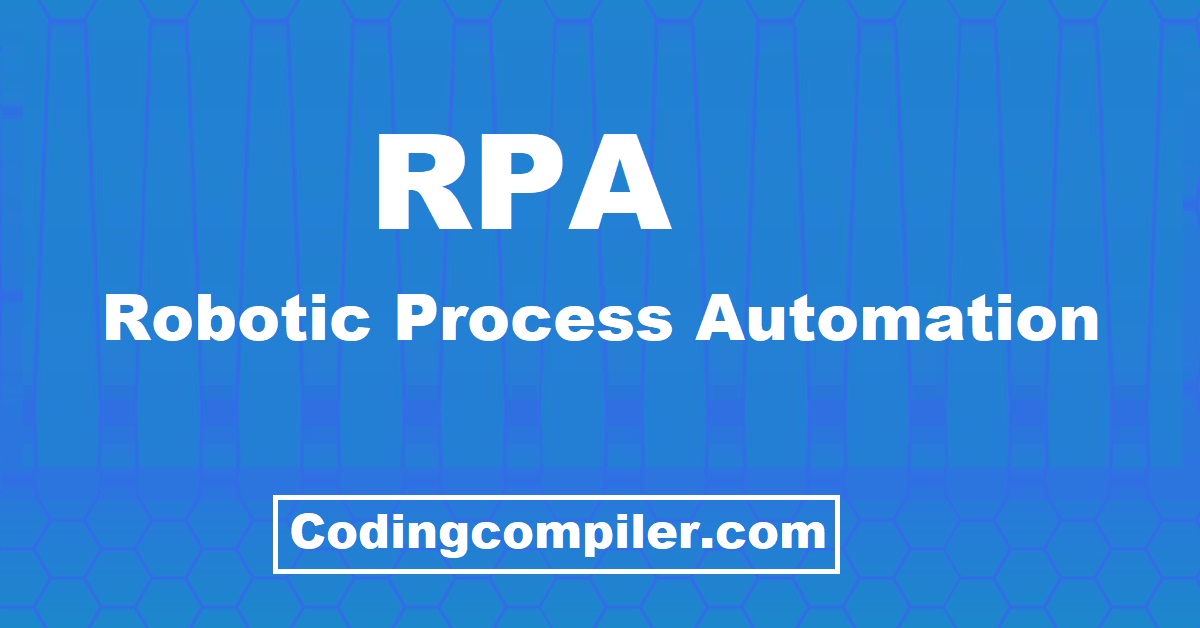Robotic Process Automation Case Study and RPA Use Cases. RPA in Data Migration & Management. How your company can efficiently and accurately manage data with the help of Robotic Process Automation (RPA).
RPA Use Cases – Data Migration & Management
Robotic Process Automation helps in manage data in efficiently and accurately.
Data Migration & Management Overview
Big data is getting bigger. More and more data is being generated from
multiple sources and it’s getting tougher and more and more time
to consume to manage, measure and analyze. And with this increasing
amount of data available, manual processes and human intervention leave
a greater margin of error.
Many businesses today collate data from multiple sources, such as web
pages for online orders, invoice workflow, email exchanges and Excel
spreadsheets, effectively requiring individuals to log in and out of multiple systems, copying and pasting data between different sources and formats.
You Should Read This: Introduction to Robotic Process Automation
Implementing RPA to automate this high-volume, low complexity tasks cannot only ensure optimal resource utilization but also improve employee productivity.
By replicating human data entry, RPA can be deployed to transfer, manipulate and migrate application and system data quickly, reliably and with a full audit trail, thus avoiding manual re-keying and re-entry and vastly reducing the high instances of human error.
Related Article For You: Know The Reality of Robotic Process Automation
By removing this the margin for error, the data becomes 100% accurate, so the insights and subsequent business decisions are more likely to succeed.
Deploying RPA can also enhance customer and supplier system integration as it provides an electronic interface to the customer and/or supplier systems where a system to system, interface is challenging or not possible.
Robotic Process Automation Case Study
Sector: Business Process Services
Challenge – This IT and Business Process outsourcer was providing a management service for one of its customers, recording all activities in its own case management application, a shared platform used across all of their clients.
However, this specific customer required the information to be recorded in its own dedicated system too. Using the client’s case management application as well as their own was simply inefficient. However, the two systems could not be connected due to client restrictions, so the only way to get case information from the client system to the service provider system and vice-versa was to use people.
By recruiting temporary staff and redeploying staff from other duties, 12 employees were assigned to manually rekeying the records from one system to the other. This slow process was creating a huge backlog of cases to be migrated and updated.
Robotic Process Automation Case Study Outcome
An automated solution was deployed with Virtual Workers replicating the data from one system to the other, replacing the 12 staff with just two Virtual Workers and delivering work out of hours to minimise the overall customer impact. The backlog of cases was quickly cleared and the reduced cost of temporary staff saved the client around £200K in the first three months of operation.
Also Read: RPA Case Study – Customer Service & Support
REDUCTION – 12 fewer FTEs
PRODUCTIVITY SAVING – £200K in 1st 3 months
SPEED – 3-month backlog cleared in weeks
Read: RPA Use Case in IT And Infrastructure
Download: RPA Use Cases PDF
RPA Tools Interview Questions
Want to learn Robotic Process Automation from industry experts?

